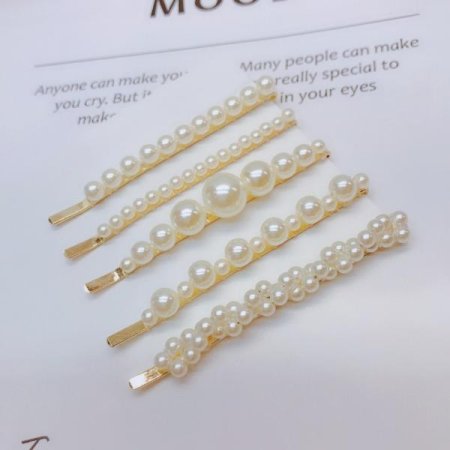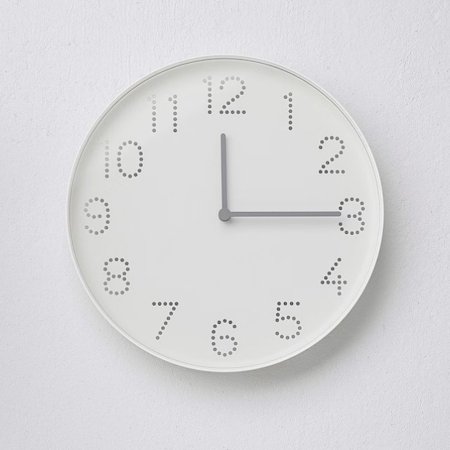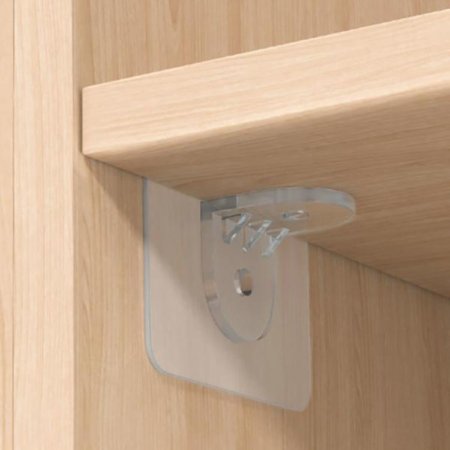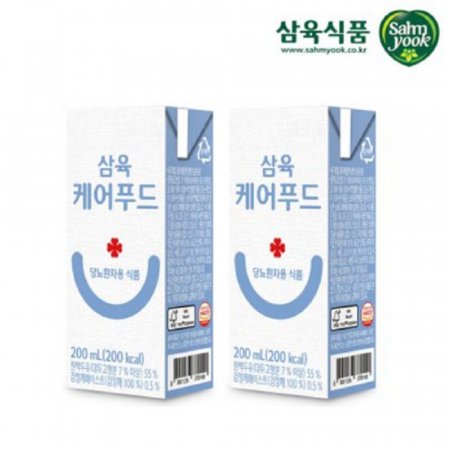[문화재청](국영문 동시 배포) 국외 소재‘해학반도도’ 국내서 복원 마치고 공개
정책
0
56
0
2020.12.03 12:09

문화재청 국립고궁박물관(관장 김동영)과 국외소재문화재재단(이사장 최응천)은 국내에 들여와 보존처리를 마친 미국 데이턴미술관(Dayton Art Institute) 소장 <해학반도도海鶴蟠桃圖>를 특별전 ‘<해학반도도>, 다시 날아오른 학’을 통해 오는 4일부터 내년 1월 10일까지 국립고궁박물관에서 개최한다.
이번 전시는 「국외문화재 소장기관 보존 복원 및 활용 지원 사업」의 하나로 국내에 들어와 보존처리를 마친 우리 문화재가 다시 국외의 소장처로 돌아가기 전에 국민에게 선보이는 자리로 국내 최초로 미국 데이턴미술관 소장 해학반도도를 볼 수 있다.
<해학반도도>는 십장생도(十長生圖)의 여러 소재 중에서 바다(해, 海), 학(학, 鶴)과 복숭아(반도, 蟠桃)를 강조해 그린 그림이다. 조선 말기에 궁중에서 크게 유행해 왕세자의 혼례를 비롯한 다양한 행사를 위해 여러 점 제작되었다.
특히, <해학반도도>의 복숭아는 3,000년마다 한 번씩 열매를 맺는 장수를 상징하는 열매로, 장수를 기원하는 십장생도의 주요 소재인 학, 바다가 복숭아나무와 어우러진 신비한 선경(仙境)을 표현한 이 그림에는 영원한 삶에 대한 염원이 담겨 있다.
* 십장생도: 오래도록 살고 죽지 않는다는 열 가지 상징인 해, 산, 물, 돌, 구름, 소나무, 불로초, 거북, 사슴, 학 등을 그린 그림
데이턴미술관의 <해학반도도>는 배경에 금박을 사용한 매우 희귀한 작품으로 현재 남아있는 <해학반도도> 병풍 중 가장 큰 규모(그림 210.0×720.5㎝)다. 1920년대에 미국으로 가게 되면서 병풍은 여섯 개의 판 형태로 변형되었다. 문화재청과 한국조폐공사(사장 조용만)의 후원으로 약 16개월 간 보존처리 작업을 무사히 마치고 본래의 모습을 되찾게 되었다.
국립고궁박물관은 제 모습을 되찾은 해학반도도를 집중하여 감상할 수 있는 전시공간을 연출하는 한편, 영상자료를 통해 병풍의 세부와 보존처리 과정도 살펴볼 수 있도록 준비했다.
또한, 이번 전시 작품과 관련된 온라인 국제 학술행사도 개최된다. 소장기관 관계자, 우리나라와 일본의 회화 전문가, 보존처리를 담당했던 전문가가 참여하며 국외소재문화재재단의 유튜브 계정으로 참여할 수 있다.
* 기간 : 2020. 11. 27. (금) ∼ 12. 25. (금)
* 국외소재문화재재단 유튜브 계정: https://www.youtube.com/user/okchf
아울러 ‘<해학반도도>, 다시 날아오른 학’ 전시를 찾는 관람객에게는 건강을 기원하는 의미로 해학반도도의 복숭아를 닮은 빵을, 수능 수험표를 가지고 오는 수험생에게는 해학반도도로 디자인한 파일(서류철) 증정 행사를 진행한다.(소진 시까지)
국립고궁박물관은 2015년부터 전시를 통해 문화재청과 국외소재문화재재단의 지원으로 보존처리를 완료한 우리 문화재가 국외로 돌아가기에 앞서 국민이 먼저 만나볼 수 있는 기회를 마련하고 있다. 국외소재문화재재단은 2013년부터 현재까지 총 8개국 23개 기관을 대상으로 43건의 국외문화재 보존·복원과 활용 사업을 지원해 왔으며, 국외에 있는 우리 문화재의 원형 유지와 관리를 위해 노력하고 있다.
문화재청은 앞으로도 국외에 있는 우리 문화재의 보존·복원 지원을 통해 우리 문화재가 더 안정적으로 보존되고 널리 활용될 수 있도록 최선을 다할 것이다. 또한, 다양한 전시를 통해 국외에 있는 우리 문화재를 널리 소개하고 감상할 수 있도록 노력할 것이다.
Overseas Korean Cultural Heritage, Sea Cranes and Peaches,
to Be Showcased Following Conservation and Restoration Treatments
Exclusive Preview of Overseas Cultural Heritage Following Completion of Conservation and Restoration Work / December 4, 2020 ? January 10, 2021, National Palace Museum of Korea
The National Palace Museum of Korea (Director: Kim Dong-Young), an affiliate of the Cultural Heritage Administration of Korea, and the Overseas Korean Cultural Heritage Foundation (Chairperson: Choi EungChon) jointly present the special exhibition Sea Cranes and Peaches howcasing the folding screen of the same title from the Dayton Art Institute in the United States that has been recently restored in Korea. The exhibition will be held from December 4, 2020 through January 10, 2021 at the National Palace Museum of Korea.
The exhibition presents the folding screen entitled Sea, Cranes and Peaches (a theme known as haehakbandodo in Korean) held in the collection of the Dayton Art Institute in the United States. The work had been brought to Korea as a part of the Overseas Cultural Heritage Conservation and Utilization Support Project of the Overseas Korean Cultural Heritage Foundation. With its conservation and restoration recently completed, the work will be exhibited before being sent back to allow the Korean public an opportunity to view the work for the first time.
Haehakbandodo (海鶴蟠桃圖) refers to a type of painting that emphasizes the sea (海, hae), cranes (鶴, hak), and peaches (蟠桃, bando) among the motifs associated with sipjangsaengdo (十長生圖, paintings of the ten longevity symbols). The theme became popular in the royal court in the late Joseon era, and significant number of examples were produced for various state events, including the wedding ceremony of crown princes.
The peaches featured in haehakbandodo ripened every three thousand years and thus symbolize longevity. As a part of the mystical landscape of the immortal world that provides the main subject matter of sipjangsaengdo, the cranes, sea and peach trees in haehakbandodo embody wishes for eternal life.
* Sipjangsaengdo: painting depicting the ten symbols of longevity ? the sun, mountains, water, rocks, clouds, pine trees, lingzhi mushroom, turtles, deer and cranes.
Sea, Cranes and Peaches in the Dayton Art Institute collection is a rare example of a haehakbandodo with gold leaf applied to the background. It is also the largest (painting: 210.0 × 720.5 ㎝) of the surviving haehakbandodo folding screens. Although initially created as a folding screen, it was reformatted into six panels after being taken to the United States in the 1920s. With support from the Cultural Heritage Administration of Korea and the Korea Minting and Security Printing Corporation (CEO: Cho Yongman), the work was restored to its original state through a sixteen-month restoration process.
The National Palace Museum is pleased to present the folding screen in a space specially designed to allow full immersion, complemented by a video exploring its details and documenting conservation process.
An online international symposium will be held in conjunction with the exhibition. The participants include a representative of the Dayton Art Institute, experts on painting from Korea and Japan, and a specialist who took part in the conservation treatment. The symposium will be available to view online via the YouTube channel of the Overseas Korean Cultural Heritage Foundation.
Period: November 27 (Fri) ? December 25 (Fri). 2020
YouTube Channel of the Overseas Cultural Heritage Foundation:
https://www.youtube.com/user/okchf
Moreover, special giveaway events will be held. All visitors to the exhibition will be given bread in the shape of the peaches featured on the Sea, Cranes and Peaches as a way of wishing them good health, and high school seniors who bring their identification slip for the suneung (College Scholastic Ability Test) will receive a file folder featuring the image of the Sea, Cranes and Peaches (as supplies last).
Since 2015, the National Palace Museum of Korea has been offering the Korean public opportunities to view Korean cultural heritage housed in the collections of overseas museums and cultural institutions that has undergone conservation and restoration treatment with support from the Cultural Heritage Administration and the Overseas Korean Cultural Heritage Foundation before it is returned to its home institution. Since 2013, the Overseas Korean Cultural Heritage Foundation has supported the conservation and restoration of forty-three overseas Korean cultural properties from twenty-three institutions across eight nations. It continues to work hard on behalf of the maintenance and management of the original state of Korean cultural heritage located abroad.
The Cultural Heritage Administration will continue to exert its utmost efforts to elevate the conservation and utilization of overseas Korean cultural heritage through its support programs. Moreover, it will strive to widely promote overseas Korean cultural heritage and offer opportunities for its appreciation through exhibitions.
<해학반도도>
[자료제공 :



























